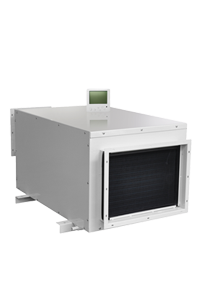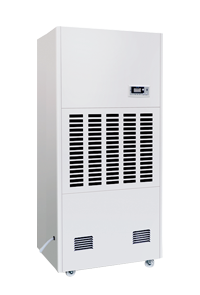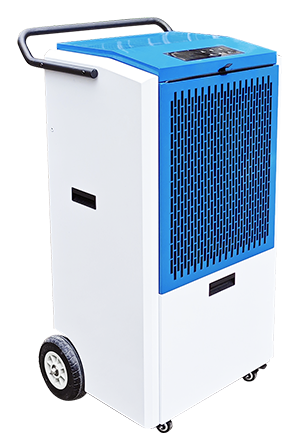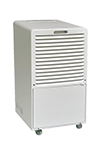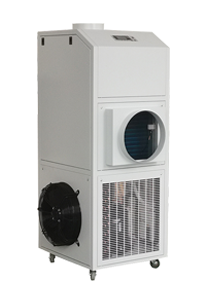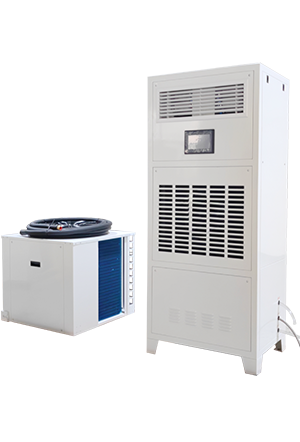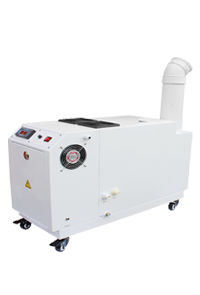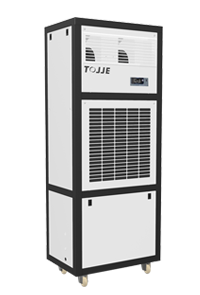News
How does an industrial dehumidifier work?
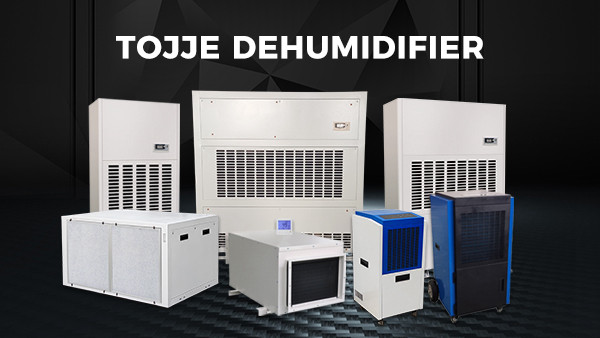
An industrial dehumidifier functions by removing excess moisture from the air within large-scale facilities, typically characterized by high humidity levels or stringent humidity control requirements. The operating principle of an industrial dehumidifier involves several key steps, which can vary slightly depending on the specific type of dehumidification technology employed. Here, we outline the general process for one common types: refrigerant-based industrial dehumidifiers.
Refrigerant-Based Industrial Dehumidifier:
1. Air Intake: The dehumidifier draws in humid air from the surrounding environment through an inlet grill or ductwork.
2. Cooling Process: The moist air passes over a cold evaporator coil, where the refrigerant circulating within the coil extracts heat from the air, causing the moisture present in the air to condense into liquid form. This process effectively reduces the air's temperature and dew point, leading to the separation of water vapor from the air.
3. Condensate Collection: The condensed water droplets formed on the evaporator coil are collected in a drain pan or routed directly to a drainage system, ensuring continuous removal of the extracted moisture from the dehumidification unit.
4. Reheating and Drying: The now-cooled and partially dried air is then passed over a warm condenser coil, where the refrigerant releases the previously absorbed heat, raising the air temperature back to near its original level. This reheating process further reduces the air's relative humidity, producing dry air with a lower moisture content.
5. Air Discharge: The dehumidified air, with its moisture content significantly reduced, is then expelled back into the facility through an outlet grill or ductwork, contributing to the overall reduction of humidity within the space.

